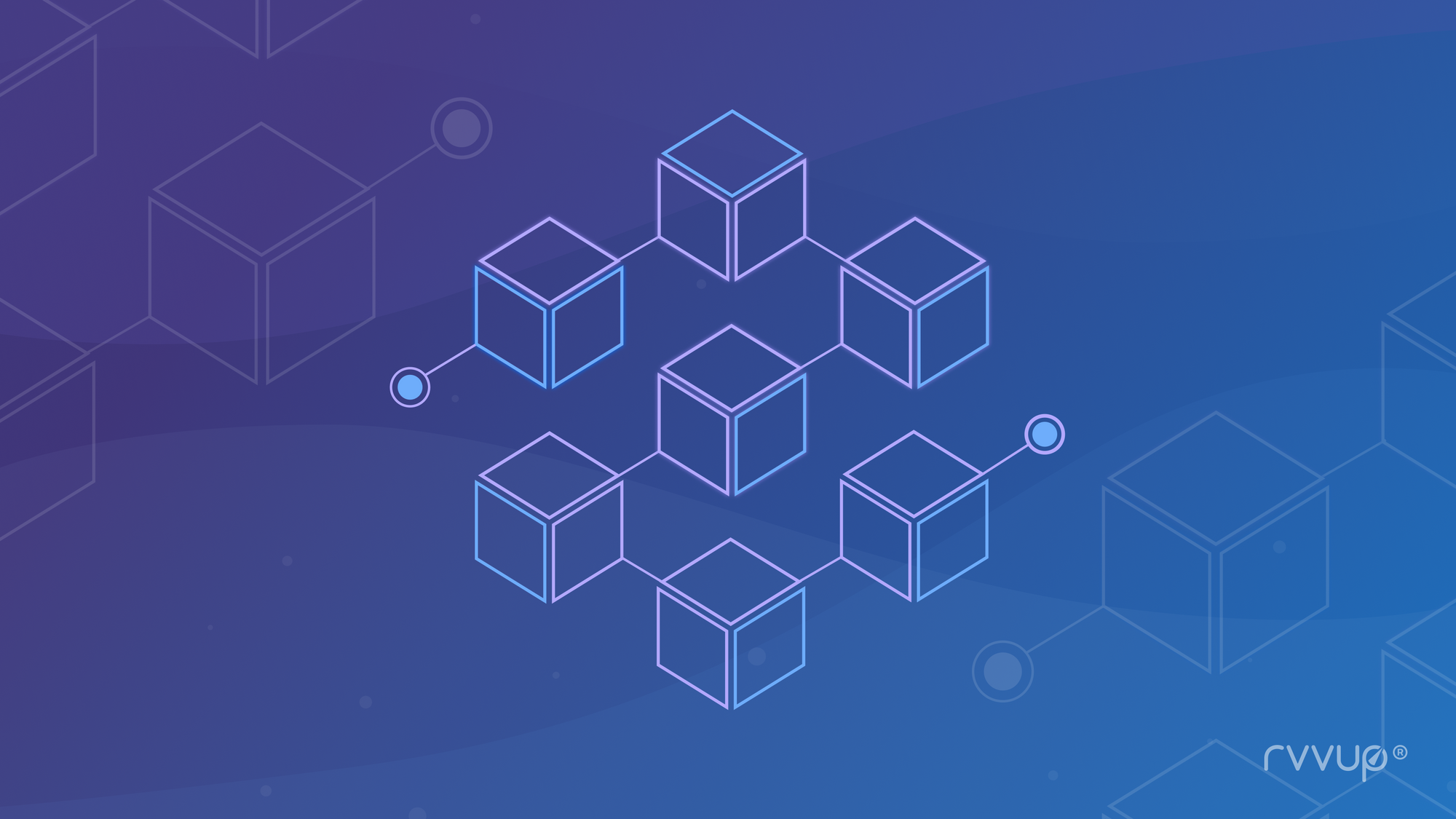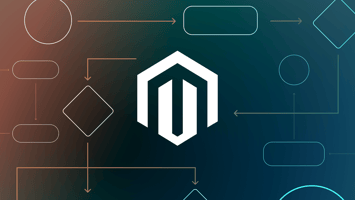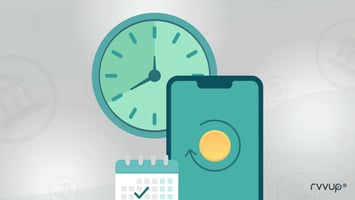What Is Blockchain?
What Is Blockchain?
Rvvup

Blockchain is one of the newer digital technologies. It is used to store and record ownership of digital assets – essentially, it’s a decentralised distribution network which is very important. That’s because information stored on blockchain cannot be changed and is extremely secure. Already, quite a few industries have adopted blockchain and in future, blockchain could be used for almost every industry to hold sensitive information and payment information. For the financial world, healthcare, government and cybersecurity it is already proving itself invaluable.
Information is Stored in “Blocks”
In keeping information on blockchain, it also builds up history – and information is stored in “blocks”, so every time a new piece of information is stored, it adds another “block” and so forms a chain.
To explain it in very simple terms, consider a document on your computer that’s shared – perhaps a Google Doc. When you create this type of document and share it with others, the document is distributed (it is not copied, and neither is it transferred). This is a decentralised distribution chain. It gives everyone involved in the document, immediate access. Any changes to the document are recorded in real time so everyone can see what changes were made and when they occurred. The difference with blockchain is that once information is written and stored, it cannot be changed. This keeps it extremely secure and avoids fraudulent activity as there’s no way of modifying information. Only those with access to a blockchain can add to that information.
Points to consider:
- A blockchain is a decentralised database that holds encrypted “blocks” of data on digital assets. Each time information is added to that particular asset, it creates another block which forms a chain.
- Anything stored on a blockchain is non-transferrable and cannot be copied.
- As blockchains are decentralised, they are accessible in real time to all authorised to view them and add to them.
- Blockchains are completely transparent.
- There are private blockchains and public blockchains.
- The technology involved is suitable for almost every industry sector.
The Importance of Blockchain
Blockchain technology is key way to protect sensitive information as it significantly reduces security risk and removes any fraudulent activity. It’s also fully transparent – nothing is hidden.
What Industry Sectors Use Blockchain?
While blockchain is mainly associated with cryptocurrency, NFTs (non-fungible tokens) and other digital assets, it has grown in popularity, application and is proving itself as an important technology for many industries. As it’s so secure, there’s lots of other uses for the technology because it securely stores information and data. Industries that use it include healthcare, supply chain, energy, education, accounting, cyber security and of course, cryptocurrency – for example, Bitcoin and Ethereum. In payments it offers major opportunities to improve transaction speed, global exchange and cost.
How Blockchain Works
Blockchains consist of blocks as mentioned, that are linked together – hence the name blockchain. Within each block there are three elements, data, “nonce” – a number used only once and randomly generated. The nonce generates a “block header hash” which is a number that permanently attaches itself to the nonce and is never removed. These numbers are very complicated mathematical equations that are generated by software.
At the stage of the first block, the nonce generates the hash and that attaches itself to that block forever, until the mining stage.
Mining
Mining relates to the creation of new blocks on the chain. So, every block has its own individual nonce and hash, but if there was a previous block, it also references that block’s hash. The bigger the chain, the more numbers involved. As an example, there are around 4 billion possible nonce/hash combinations so to find the right one to attach the next block is no mean feat, but once it’s done, the block adds itself to the chain. It’s all done through automation.
When there’s an addition to any block, every block has to accommodate that change and that’s what makes the blockchain so secure as it’s pretty much impossible to alter the technology and infiltrate the numerical sequences.
Once a block is attached successfully, it is accepted along the chain and the “miner” is paid.
Decentralisation
Blockchains are decentralised which means no one or one company owns the chain. Rather it is distributed through the “nodes” (computers) that are connected to the chain. The nodes keep copies of the chains and maintain the network. They don’t necessarily have to be computers, there are other devices involved too. Every node keeps a copy of the blockchain. When a block is updated, it is verified across the chain before the update occurs. Every action in each block is checked through the technology so it is completely secure and those involved in the blockchain have their own unique ID number that holds all of their transactions.
In Summary
Blockchain is paving the way for handling large-scale critical data. It isn’t an easy technology to grasp as it is deeply intricate and highly technical, involving complicated mathematical equations generated by specialist software. However, this type of technology could become essential for protecting critical and sensitive data and more industries are taking advantage of the safety that blockchain offers. Not to mention, it could make payments faster, cheaper and safer. Without doubt blockchain will continue to evolve and be adopted by more and more industries over time.




